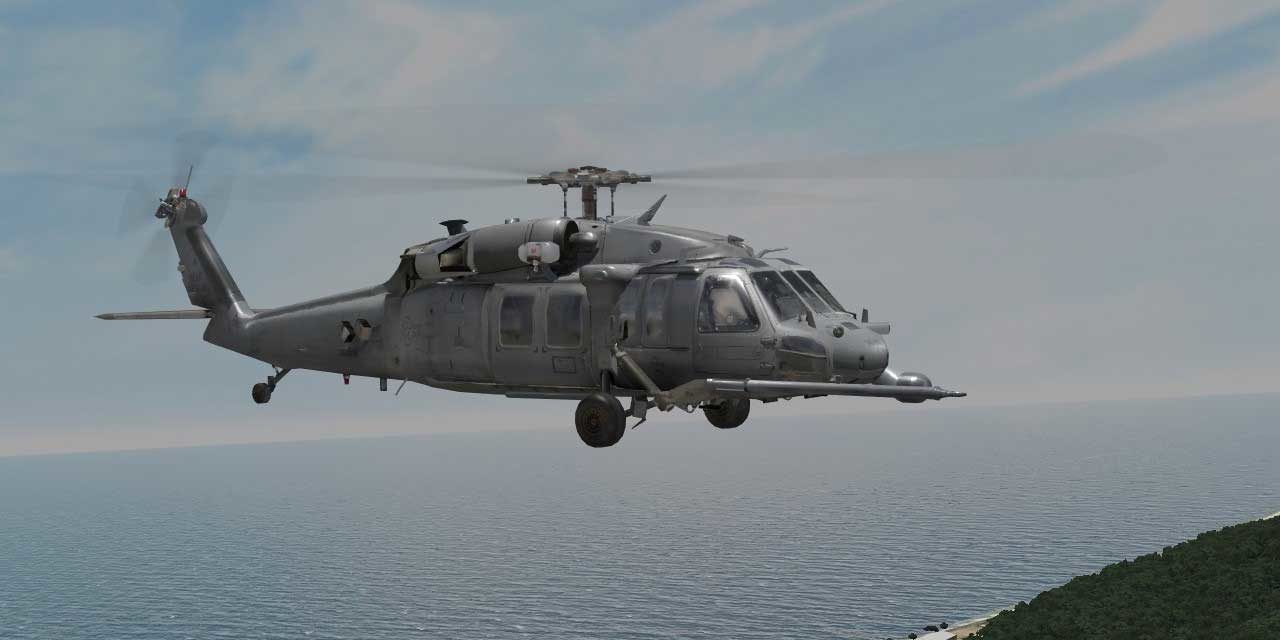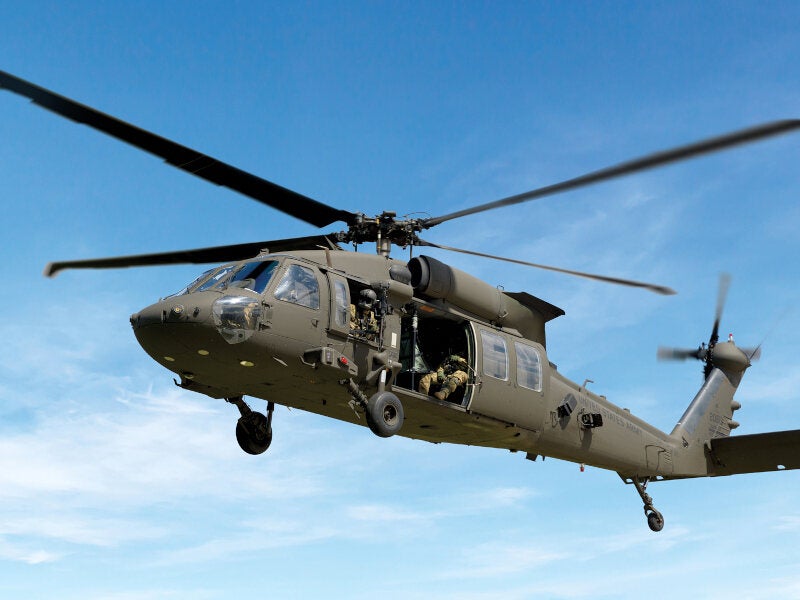High-Performance Multi-Role Rotorcraft Featuring Advanced Cabin Technologies and Integrated Sensing Unit Equipments
The realm of rotorcraft modern technology has seen significant innovations in recent times, especially in the realm of high-performance multi-role rotorcraft outfitted with cutting-edge cockpit technologies and flawlessly incorporated sensing unit systems. These technologies have not just augmented the functional abilities of rotorcraft but have actually additionally substantially affected contemporary air travel operations on different fronts. From improved objective flexibility to boosted functional effectiveness, the convergence of sophisticated cabin innovations and integrated sensing unit systems has actually introduced a new age of possibilities for rotorcraft applications. In the adhering to discussion, we will certainly check out the advancement of rotorcraft technology, look into the world of sophisticated cockpit innovations, and check out the ramifications of incorporated sensing unit systems on the operational versatility and performance of modern rotorcraft.
Evolution of Rotorcraft Innovation
The advancement of rotorcraft modern technology has been marked by considerable innovations in the rules of aerodynamics, products, and propulsion systems, shaping the abilities and performance of contemporary rotorcraft. Wind resistant enhancements have enhanced the performance and maneuverability of rotorcraft, permitting for boosted speed, dexterity, and stability during flight (sikorsky s 70). Innovations in materials, such as using composite products and progressed alloys, have actually resulted in lighter yet stronger rotorcraft frameworks, enhancing general efficiency and resilience. Additionally, advancements in propulsion systems, consisting of much more effective engines and cutting-edge propulsion modern technologies, have made it possible for rotorcraft to attain higher elevations, faster rates, and higher payloads.
These advancements have not only transformed the capabilities of rotorcraft but have actually likewise broadened their applications across various sectors, consisting of armed forces, industrial, and emergency solutions. The continuous evolution of rotorcraft technology remains to drive technology in the area, pressing the limits of what is feasible and shaping the future of vertical trip.
Advanced Cockpit Innovations
Structure upon the fundamental innovations in aerodynamics, products, and propulsion systems, the realm of rotorcraft innovation currently moves emphasis towards introducing Advanced Cabin Innovations. The combination of innovative technologies within the cockpit environment plays a crucial duty in improving the operational capacities, security, and performance of contemporary rotorcraft. sikorsky s 70. Advanced Cockpit Innovations include a broad selection of functions developed to give pilots with improved situational recognition, streamlined information management, and instinctive control user interfaces
Among the essential innovations in cockpit style is the execution of glass cabins, which change traditional analog assesses with high-resolution displays. These electronic systems offer adjustable formats, real-time data integration, and boosted readability, allowing pilots to gain access to essential info at a look. Advanced avionics systems, such as fly-by-wire controls and increased fact display screens, are changing how pilots interact with the airplane, permitting for specific control and enhanced decision-making abilities.


Including sophisticated cabin advancements not only boosts pilot efficiency however also adds to total objective efficiency and safety in complex functional environments. By leveraging cutting edge innovations within the cockpit, rotorcraft suppliers are setting new standards for functional excellence and goal success.
Integrated Sensor Equipments
With the advancement of rotorcraft innovation, the integration of innovative Integrated Sensor Systems has become extremely important in improving operational performance and security. These Integrated Sensing unit Systems encompass a vast variety of technologies that supply vital data for numerous functions such as navigation, surveillance, targeting, and ecological tracking. By flawlessly integrating sensing units like radars, cams, lidar, and infrared systems right into rotorcraft, operators can profit from improved situational recognition, enhanced objective capacities, and reduced pilot work.
One secret benefit of Integrated Sensing unit Solutions is their capacity to collect real-time information and supply actionable insights to pilots and goal drivers. Progressed radar systems can spot and track targets over long ranges, permitting for very early hazard discovery and reliable feedback preparation. In addition, integrating infrared and electro-optical cameras enables rotorcraft to perform reconnaissance and security missions with precision and precision.
Essentially, the combination of advanced sensing unit innovations right into rotorcraft not just improves functional performance however additionally adds substantially to general objective success and team safety. As rotorcraft continue to evolve, the role of Integrated Sensing unit Solution will most certainly stay at the leading edge of technology in my website the aerospace market.
Operational Versatility and Performance
Enhancing functional versatility and efficiency in rotorcraft is an all-natural development from the assimilation of innovative Integrated Sensing unit Solutions. By leveraging the data and insights given by these sophisticated sensing unit systems, rotorcraft can maximize their efficiency across various goals and settings.
Functional flexibility encompasses the capacity of rotorcraft to adjust to various roles and circumstances successfully. With advanced cockpit modern technologies and incorporated sensor systems, rotorcraft can effortlessly shift between jobs such as search and rescue, medical discharge, surveillance, and more. This convenience improves the rotorcraft's capacity to meet varied operational demands without requiring extensive reconfiguration.
Efficiency in rotorcraft operations is essential for optimizing objective efficiency and resource application. Integrated sensor systems play a crucial duty in go to the website enhancing functional performance by supplying real-time information on weather condition problems, terrain mapping, target tracking, and much more. This data allows pilots to make enlightened decisions promptly, maximize flight courses, conserve fuel, and boost total mission performance.
Impact on Modern Aviation Operations

Additionally, the combination of innovative sensors facilitates boosted mission preparation and execution, making it possible for rotorcraft to do a variety of jobs with enhanced accuracy. From search and rescue procedures to airborne firefighting and police goals, the capabilities of modern-day rotorcraft equipped with innovative cockpit modern technologies and integrated sensing unit systems are unequaled.
In addition, the effect of these innovations extends beyond functional effectiveness to cost-effectiveness and sustainability. By maximizing flight paths, gas consumption, and upkeep timetables, high-performance rotorcraft geared up with advanced cabin innovations and sensing units contribute to decreasing functional expenses and ecological influence, making them vital assets in modern-day aviation procedures.
Conclusion
Finally, the high-performance multi-role rotorcraft with sophisticated cockpit innovations and integrated sensing unit systems stands for a significant development in air travel modern technology. These innovations boost operational flexibility and effectiveness, eventually affecting modern-day air travel operations in a positive way. The integration of these innovative technologies enables improved capacities and efficiency in various goal circumstances, showcasing the proceeded innovation of rotorcraft innovation in the air travel sector.
The realm of rotorcraft innovation has actually seen remarkable innovations in current times, specifically in the world of high-performance multi-role rotorcraft outfitted with innovative cockpit innovations and perfectly integrated sensor systems. From boosted goal adaptability to improved operational performance, the merging of additional resources advanced cabin innovations and integrated sensor systems has actually ushered in a new era of opportunities for rotorcraft applications. In the adhering to discussion, we will discover the evolution of rotorcraft technology, dive into the world of sophisticated cabin innovations, and check out the ramifications of integrated sensing unit systems on the functional convenience and effectiveness of modern rotorcraft.

Comments on “Sikorsky S 70: Enhancing Helicopter Efficiency and Versatility”